Shoot down the Su-34. Why Western air defense is critical to stopping the Russian offensive
Today, guided aerial bombs (GABs) have become one of the most terrifying types of Russian weapons at the front. These are old munitions (FABs—high-explosive air bombs) weighing from one to one and a half tons, to which the Russians have attached wings and flight correction equipment.
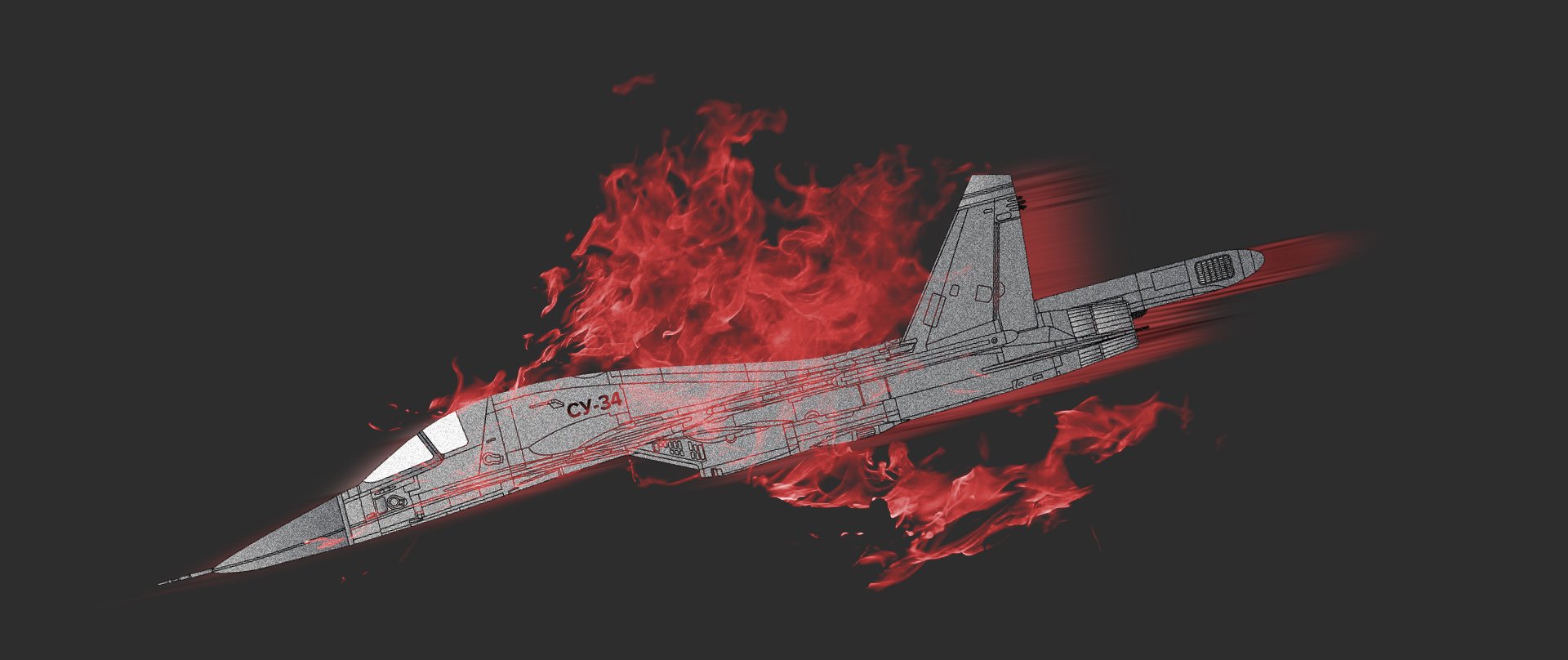
Shoot down the Su-34
Why Western air defense is critical to stopping the Russian offensive
Today, guided aerial bombs (GABs) have become one of the most terrifying types of Russian weapons at the front. These are old munitions (FABs—high-explosive air bombs) weighing from one to one and a half tons, to which the Russians have attached wings and flight correction equipment.
FAB-500 as arranged with trailing wings
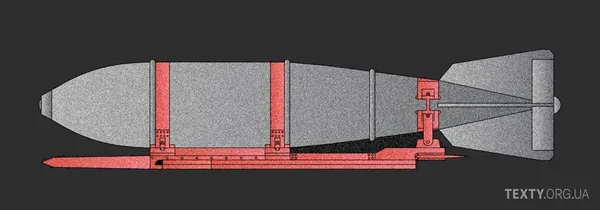
The enemy has many such bombs and can use all the stockpiles accumulated since the Second World War.
The common name for a GAB is not quite correct. It is more accurate to call them bombs with a UMPC—a unified planning and correction module.
Previously, these munitions were manufactured manually, but now the Russians have transitioned to mass production, and according to some reports, several thousand of these modules have been produced to date. This innovation was invented in the United States, but Russia has applied it here.
How the wings open on the KAB
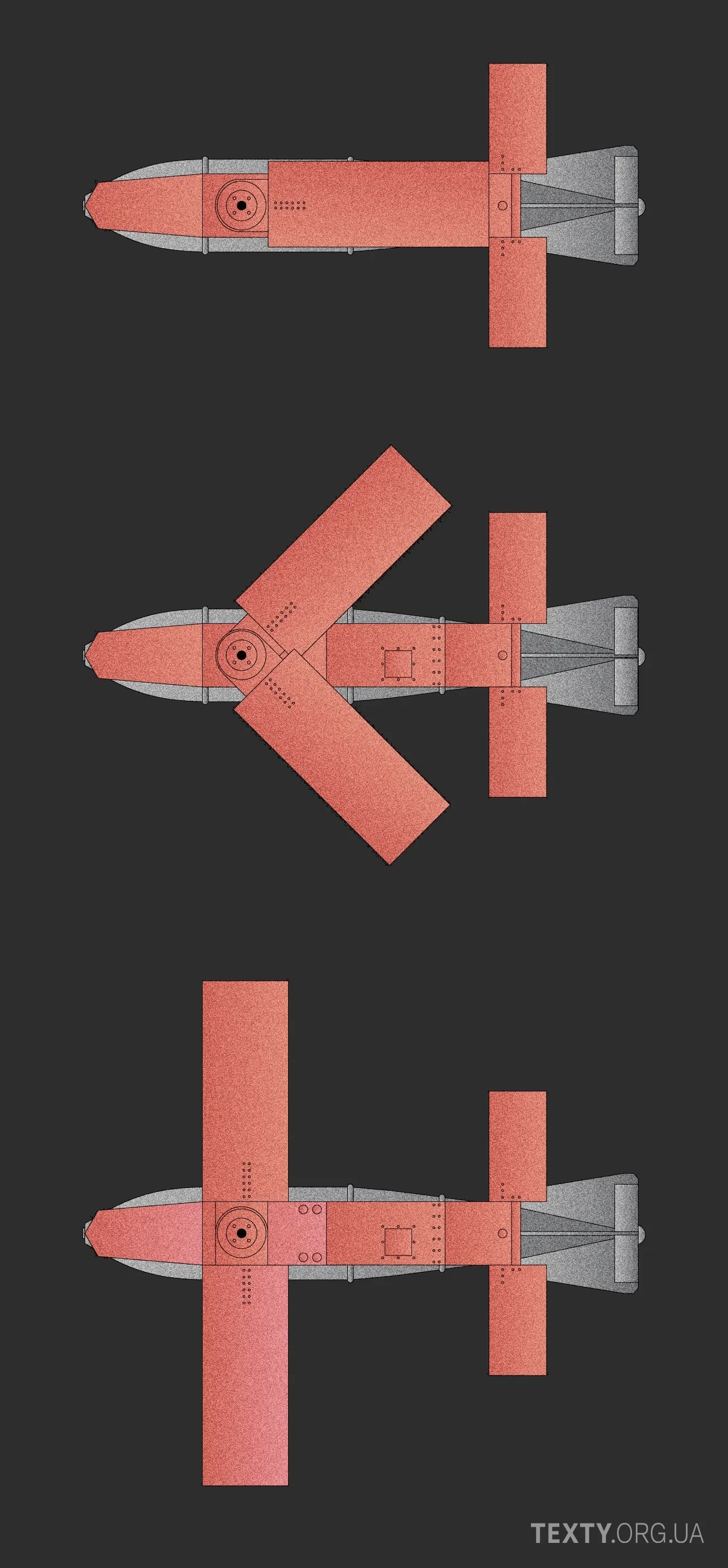
The sound of a GAB landing
Examination of the wreckage shows that the bodies of the new modules are made by casting, which indicates mass production. The UMVC consists of a lightweight fuselage with a control antenna, a GPS module, an inertial laser guidance system, and an altimeter. It's practically impossible to defuse this bomb.
Scroll down
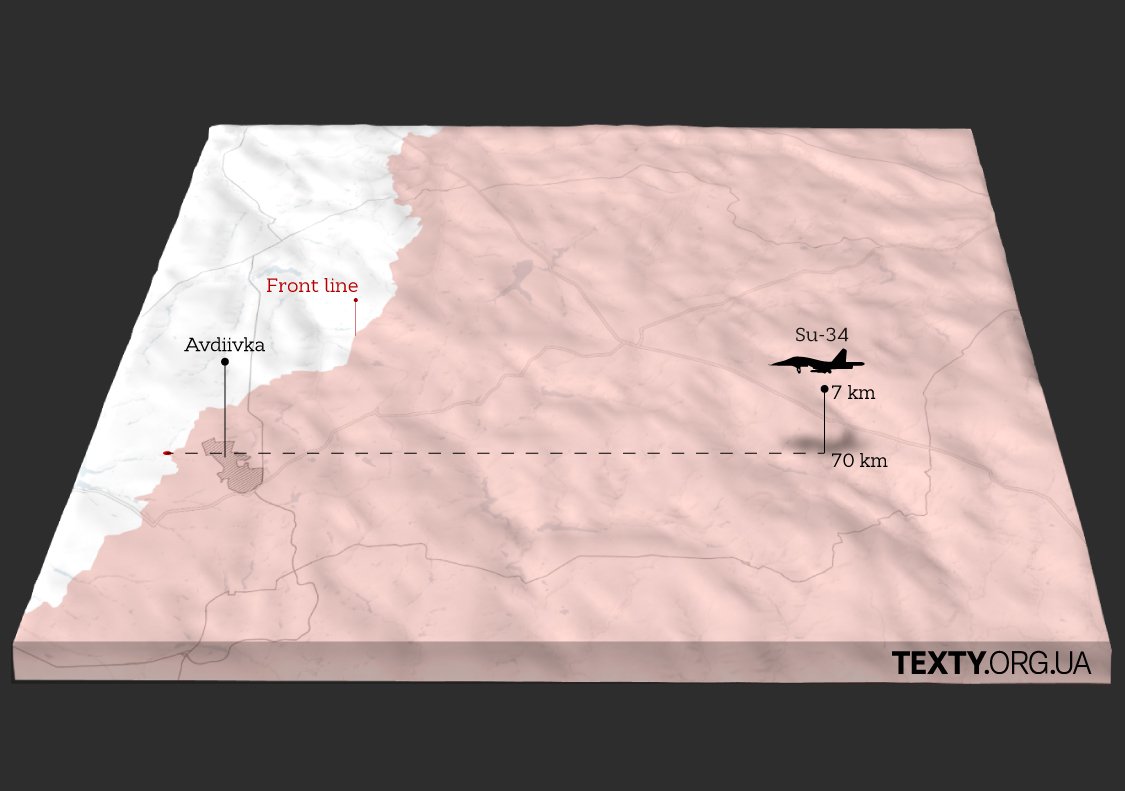
The attached wings and navigation system allow this bomb to glide over a distance of 60-80 km, depending on the launch altitude and aircraft speed. As a rule, it is launched from an altitude of 6-7 km, which allows it to hit targets at a distance of 60-70 km. If the plane goes higher, it will be easier to see our air defense.
One of the leading carriers of these bombs is the Su-34, a Russian frontline bomber.
Thanks to the GABs, the Russians have invented a new tactic that is difficult for our troops to resist. A bomb with 500, 1000, and 1500 kg of explosives destroys any fortifications, and all soldiers within a radius of about 100 meters from the place of arrival of the bomb, who are not even injured by the debris, get contusions, barotrauma and lose their combat capability for a while.
The school in Izyum after the arrival of GAB. March 2022.
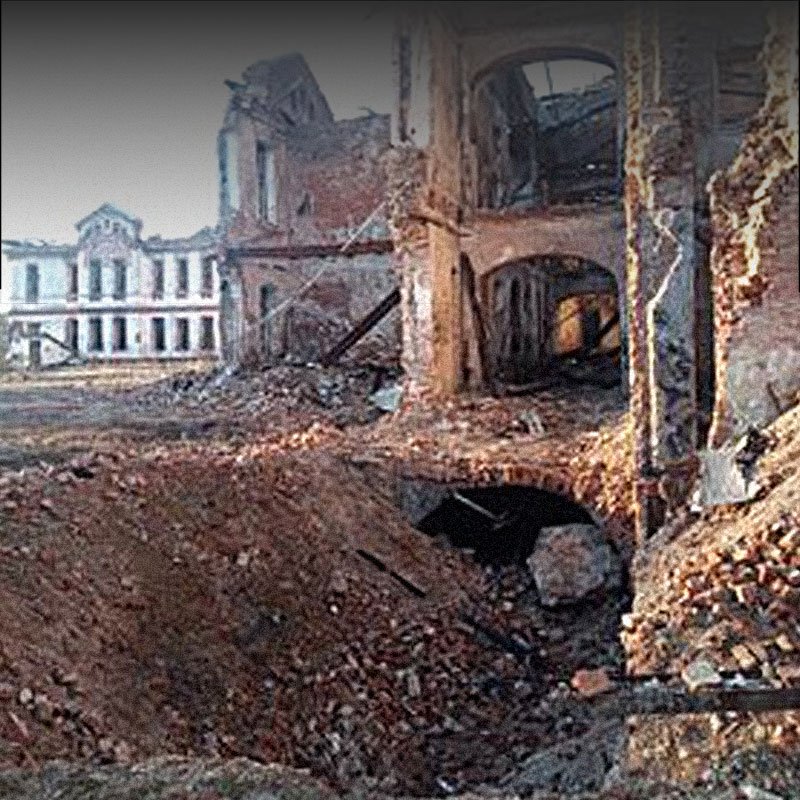
Gap from GAB. Zaporizhia region, village Omelnyk, August 2023
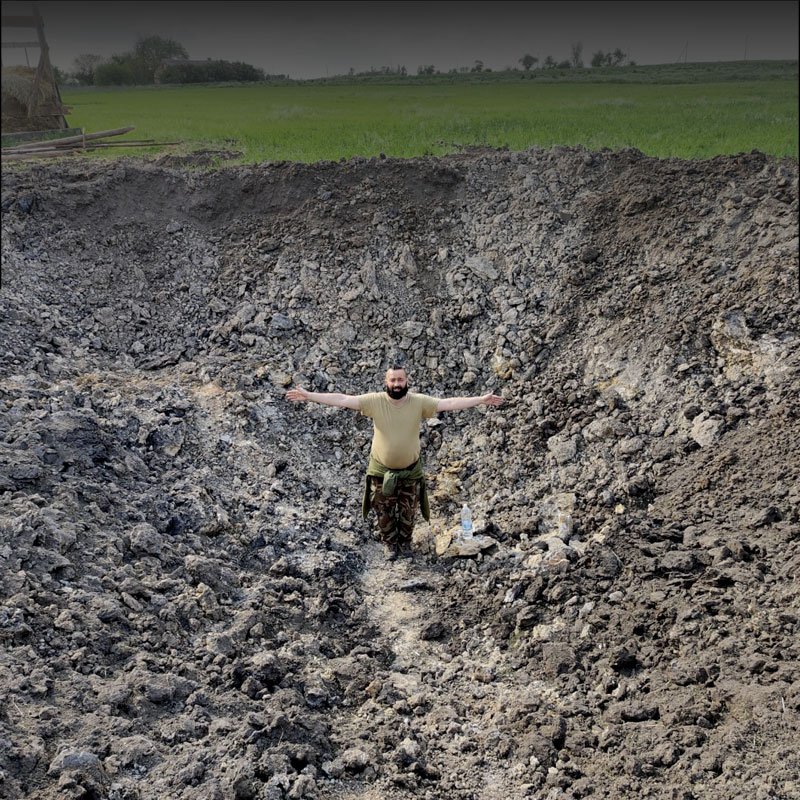
GAB airstrikes in Avdiivka. Video: Deep State.
To stop the enemy's advance, our troops must destroy this battering ram of bombs. That's why we have seen a radical increase in the number of downed Su-34s at the end of February and the start of March.
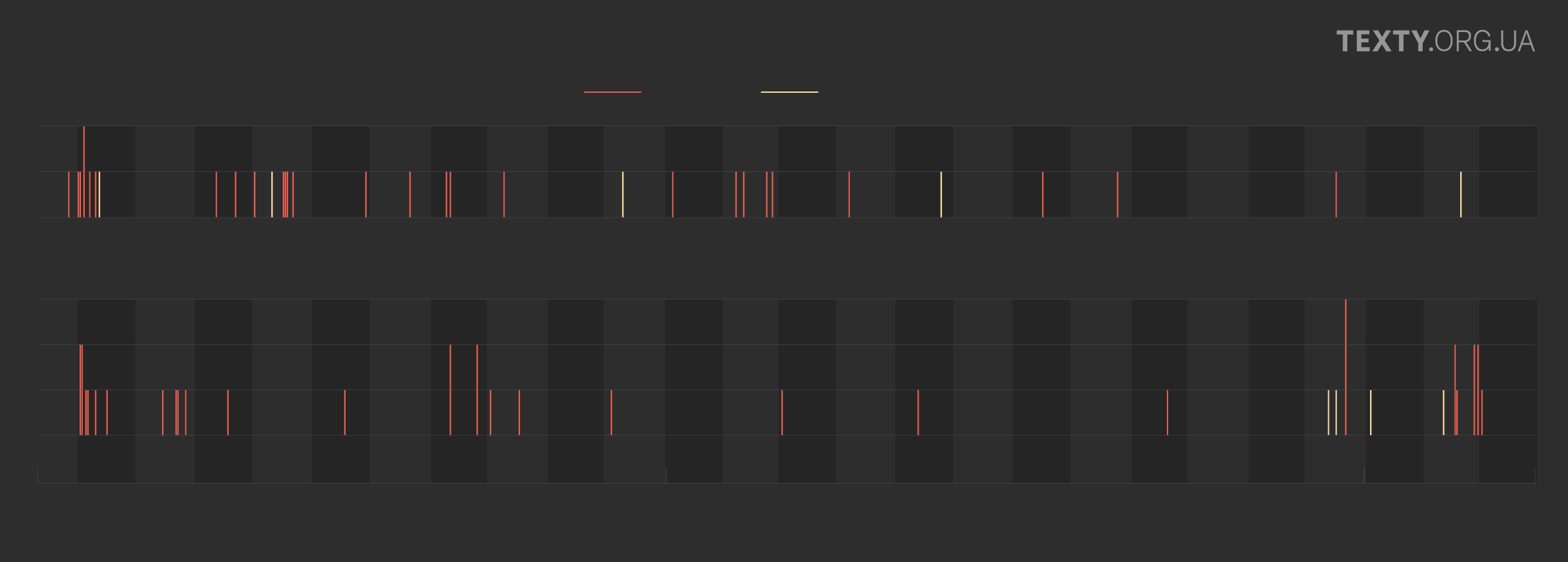
Su-25
Shot down
Damaged
2
1
0
Su-34
3
2
1
0
02
03
04
05
06
07
08
09
10
11
12
01
02
03
04
05
06
07
08
09
10
11
12
01
02
03
2022
2023
2024
Source: uk.wikipedia.org/wiki/Втрати_російської_авіації_під_час_вторгнення_в_Україну, звіти Генштабу
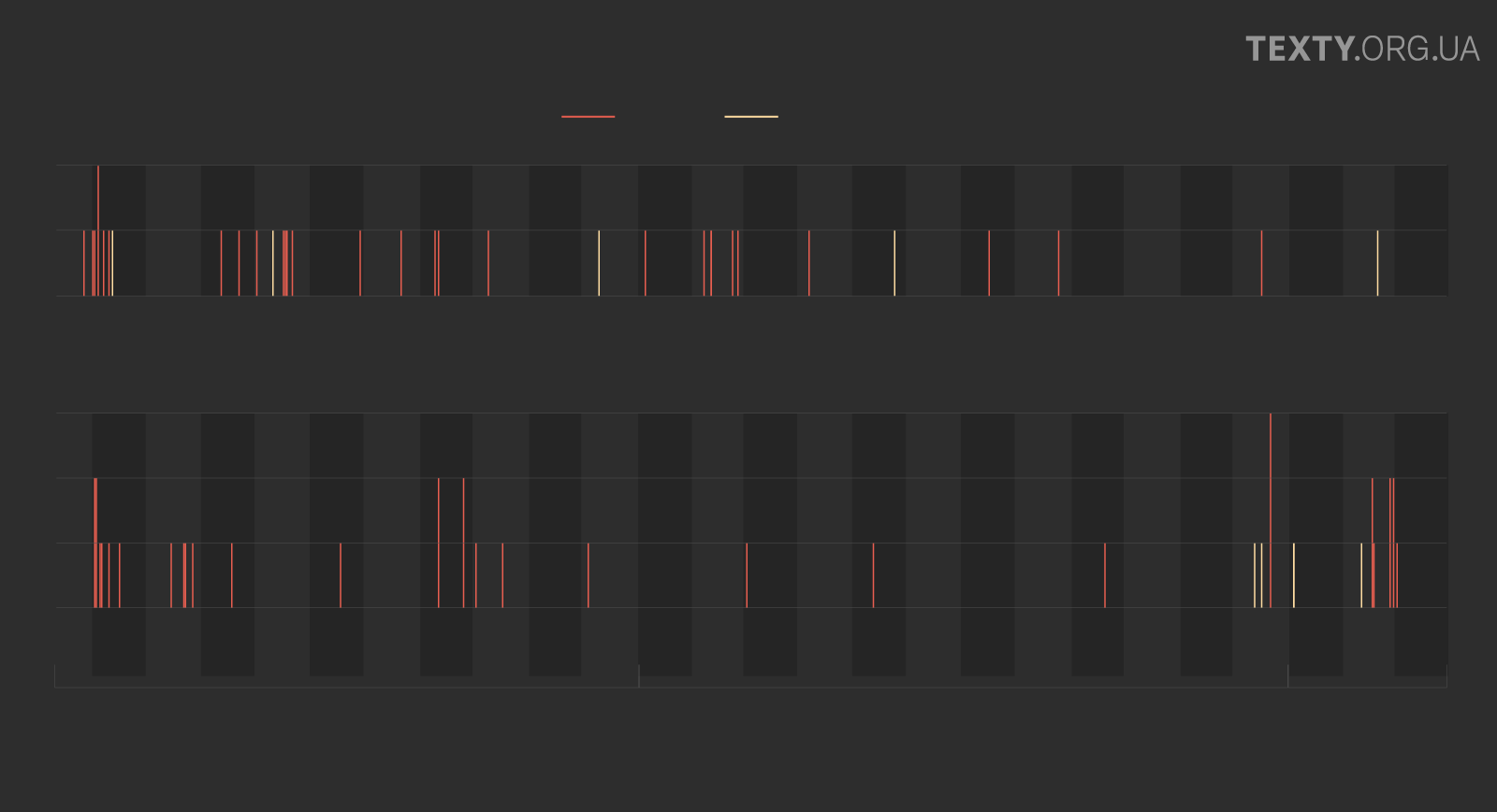
Su-25
Shot down
Damaged
2
1
0
Су-34
3
2
1
0
04
05
06
07
08
09
10
11
12
01
02
03
04
05
06
07
08
09
10
11
12
01
02
03
02
03
2022
2023
2024
Source: uk.wikipedia.org/wiki/Втрати_російської_авіації_під_час_вторгнення_в_Україну, звіти Генштабу

Shot down
Damaged
Su-25
2
1
0
02
03
04
05
06
07
08
09
10
11
12
01
02
03
04
05
06
07
08
09
10
11
12
01
02
03
Su-34
3
2
1
0
02
03
04
05
06
07
08
09
10
11
12
01
02
03
04
05
06
07
08
09
10
11
12
01
02
03
2022
2023
2024
Source: uk.wikipedia.org/wiki/Втрати_російської_авіації_під_час_вторгнення_в_Україну, звіти Генштабу
Officials do not say what exactly is used to shoot down the Su-34, but if we look at the characteristics, we see that only the Patriot and SAMP/T systems provided by the allies can do this. Accordingly, the enemy is trying to plan flights to avoid getting into the air defense zone. Note that the radius of each radar is not perfectly round, it is "ragged" and depends on the terrain. The Russians are also hunting for these installations. They can see them with an Orlan drone and strike them with an Iskander missile at lightning speed.
Sсroll down
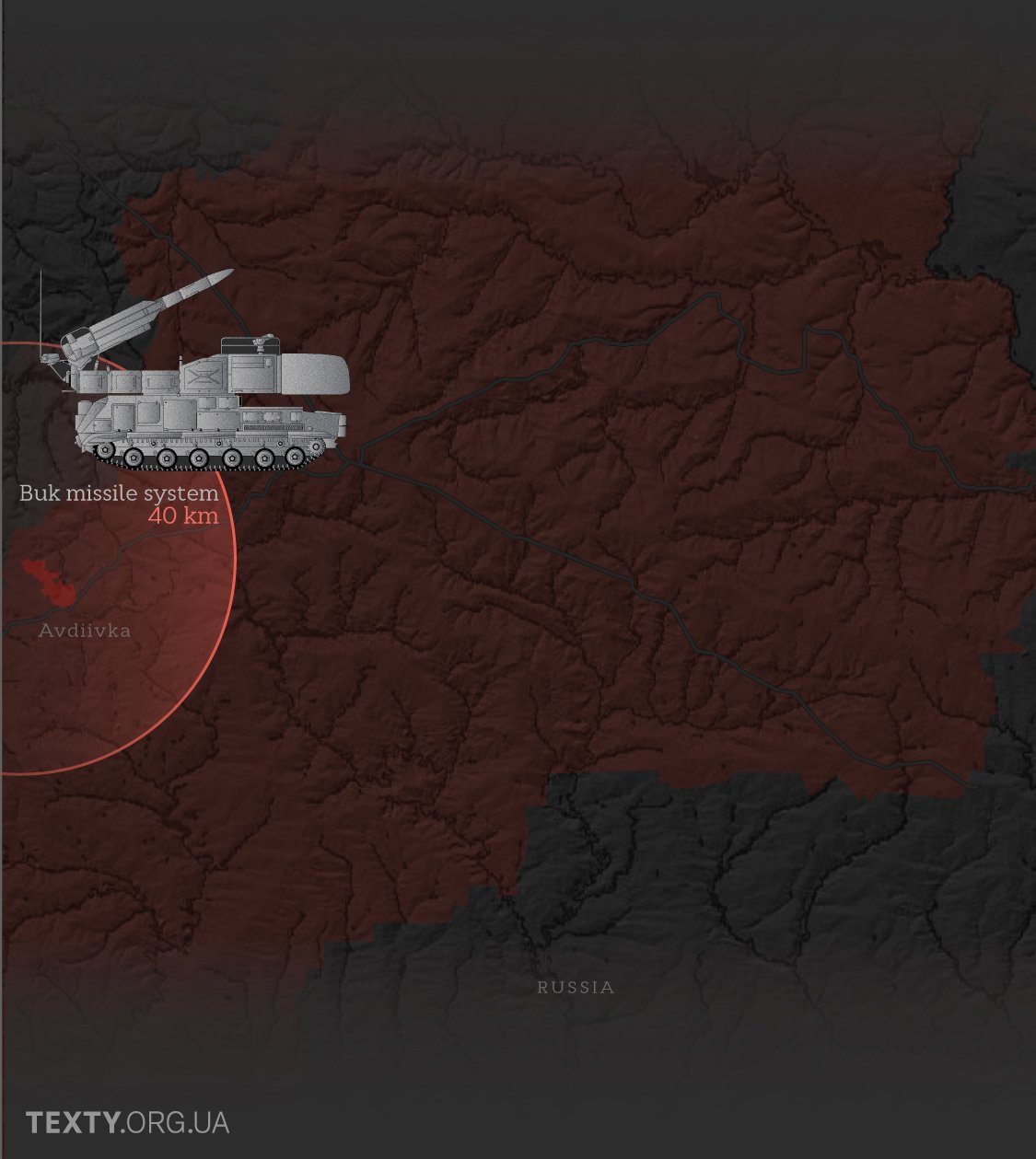
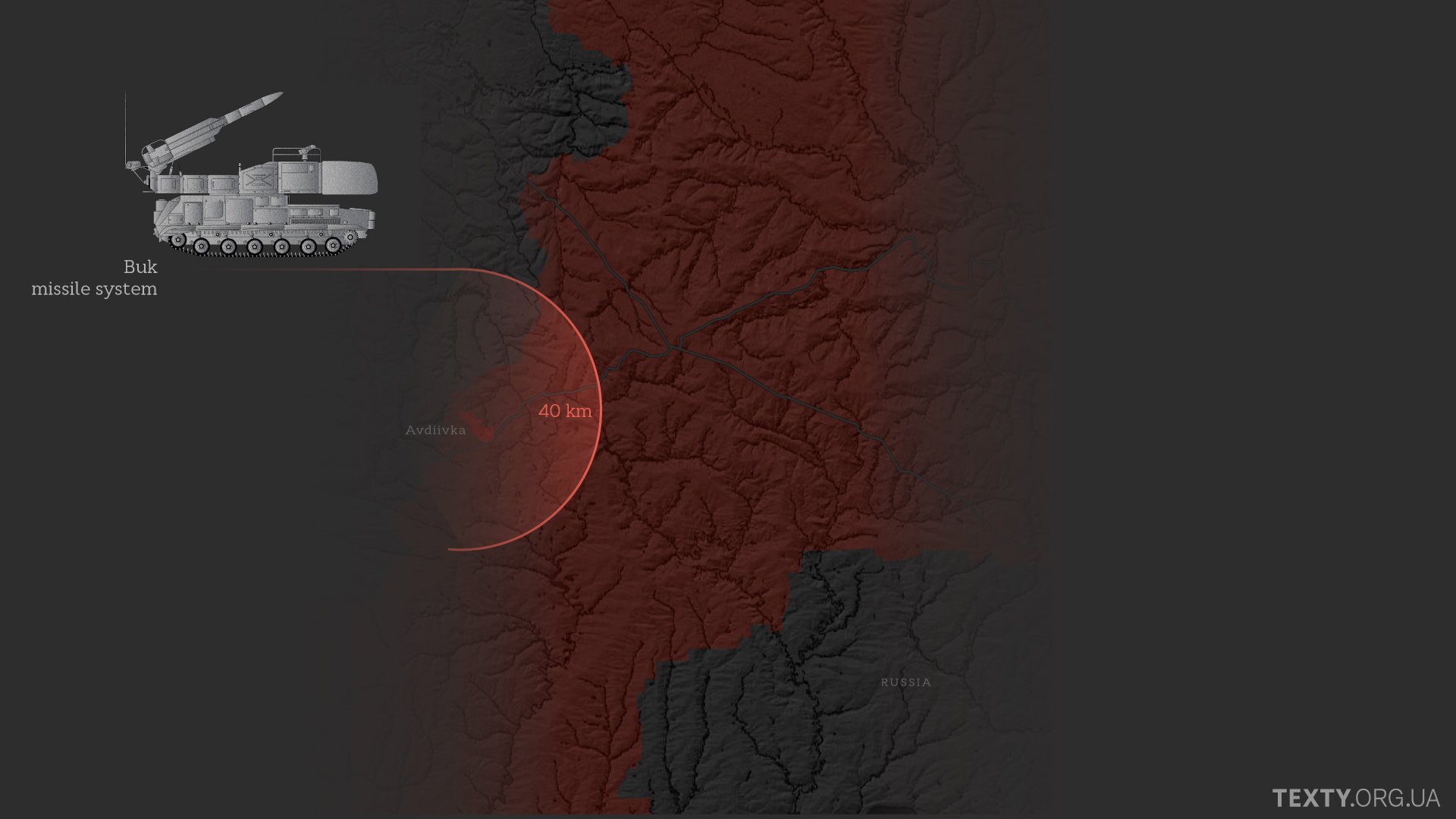
At the beginning of the invasion, the Russians actively used aviation, particularly Su-25 attack aircraft and Su-24 and Su-34 bombers, to strike Kharkiv, Chernihiv, Kherson, and other cities. But soon enough, after our troops were saturated with air defense systems, the number of sorties by attack aircraft dropped sharply, and the number of downed vehicles decreased accordingly.
What can we use to shoot down the Russians besides Patriots and SAMP/T?
Here, we expect to receive F-16s with missiles that allow them to engage air targets at more than 150 kilometers with missiles such as AIM-120D.
Then, the Russians, with their GABs, will be driven away from the launch zones or will simply become targets.
A Skynex-type anti-aircraft system with a programmed projectile can theoretically shoot down bombs. Still, in practice, it will be quickly destroyed by Russian artillery or UAVs near the front line.
Therefore, the only effective way to counter this is to destroy the carriers or make it impossible for the carrier to get within 60-70 kilometers of the launch line.
It is also possible to try to attack the carrier with kamikaze drones at the airfields where Su-34s are based.
Characteristics of the Su-34
It costs $50 million, and the cost of pilot training is even higher. It was created based on the Su-27 fighter and put into service on March 20, 2014. About 120 have been produced, and the Russians are keen to say that production has been doubled. Since the full-scale invasion, we have shot down 38 of them.
The crew is two people, and the flight altitude is up to 17,000 meters. The speed is from 1400 to 1900 km/h. According to the Russian Aerospace Forces rearmament program, the Su-34 is supposed to completely replace the previous Su-24 bomber in the Russian Aerospace Forces, but it is still a long way off.
Initially, the aircraft was equipped with Western avionics made in France, Germany, and the United States, which made it impossible to adequately replenish the fleet of these aircraft after the start of a major war. Nevertheless, the Russians still produce Su-34s by obtaining components from third countries.
This article was originally written in Ukrainian. It has been translated into English using AI tools such as DeepL, ChatGPT, and Grammarly. If you encounter an error that requires immediate attention, please inform us via Facebook, Twitter, or Instagram. Your understanding and support are appreciated.

